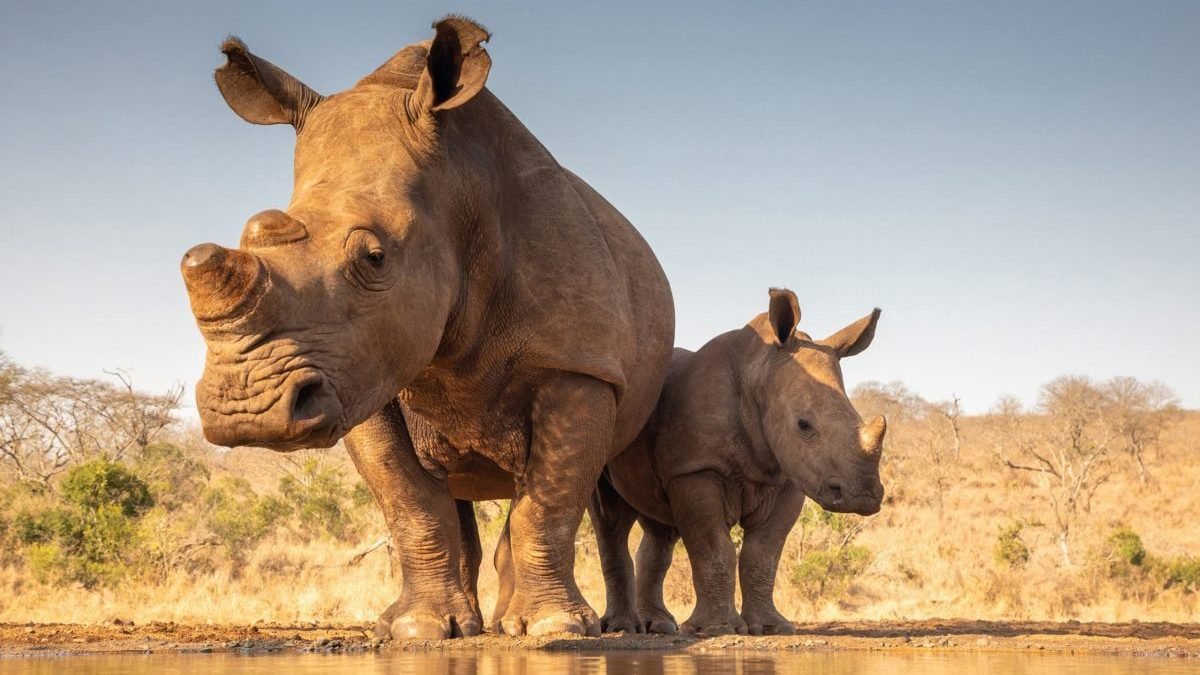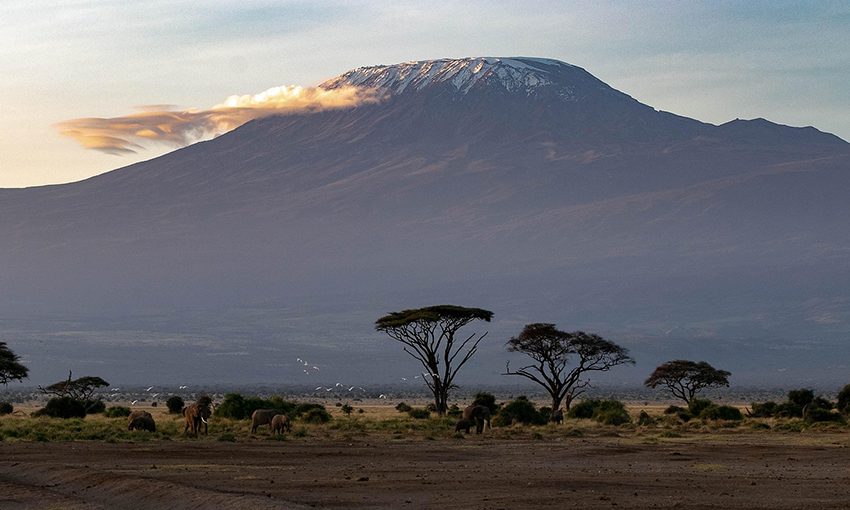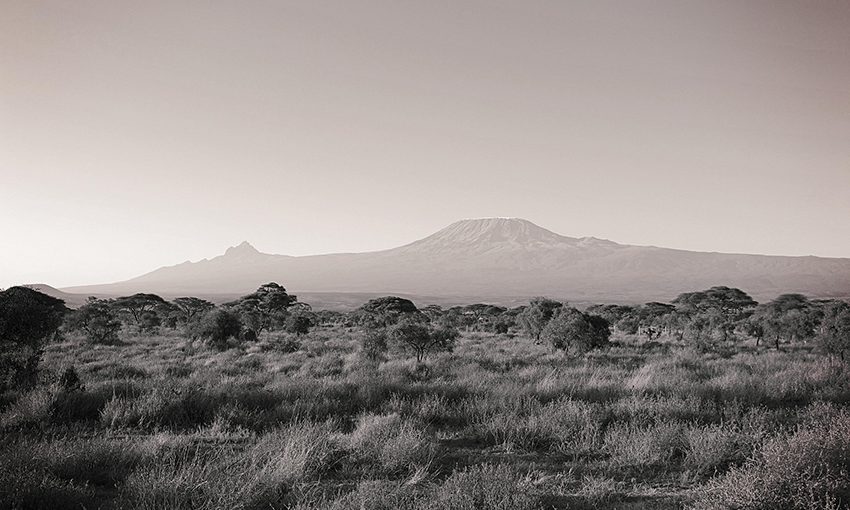
Kilimanjaro National Park
Kilimanjaro National Park: The Majestic Roof of Africa
Kilimanjaro National Park, located in northern Tanzania, is home to Mount Kilimanjaro, the highest peak in Africa at 5,895 meters (19,341 feet). This UNESCO World Heritage Site is renowned for its stunning landscapes, diverse ecosystems, and challenging trekking routes, making it a popular destination for adventurers and nature lovers.
Key Features
1. Mount Kilimanjaro
The park's centerpiece is Mount Kilimanjaro, an iconic stratovolcano with three volcanic cones: Kibo, Mawenzi, and Shira. Each offers unique landscapes and challenges for climbers.
2. Diverse Ecosystems
Kilimanjaro National Park features a range of ecosystems that vary with altitude, including:
- Rainforest: The lower slopes are covered in lush rainforest, home to diverse flora and fauna.
- Heath and Moorland: Above the forest, these areas are characterized by unique plants like giant lobelias and senecios.
- Alpine Desert: Near the summit, this arid environment presents a stark contrast with harsh conditions and stunning views.
3. Wildlife
While the park is primarily known for its trekking, it is also home to a variety of wildlife, including:
- Colobus Monkeys: Frequently seen in the rainforest.
- Elephants and Buffalo: Often found on the lower slopes.
- Birds: Over 150 bird species can be spotted, making it a great destination for birdwatchers.
Activities
1. Trekking to the Summit
The main attraction is trekking to the summit of Mount Kilimanjaro. Several routes are available, including:
- Machame Route: Popular for its scenic views and varied landscapes.
- Lemosho Route: Offers a quieter experience with beautiful scenery.
- Marangu Route: Known as the "Coca-Cola" route, it is the most accessible but also the busiest.
2. Guided Nature Walks
Explore the lower slopes and rainforest on guided nature walks, where you can learn about the unique flora and fauna of the region..
3. Cultural Experiences
Engage with local communities, such as the Chaga people, to learn about their culture, traditions, and the significance of Kilimanjaro in their lives.
4. Photography
The dramatic landscapes and diverse ecosystems provide excellent opportunities for photography, especially at sunrise and sunset.













